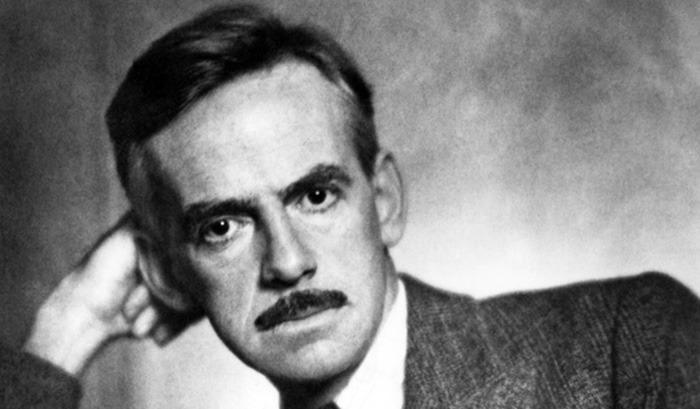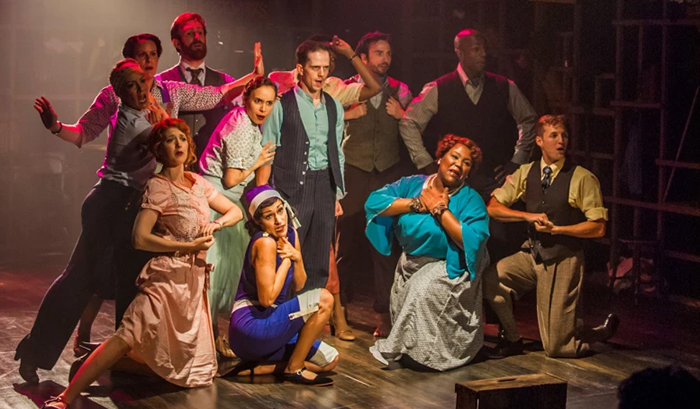A DVD review: Death of a President
With assassination fears and an increased number of threats directed to President-elect Obama, it seems appropriate to review another hypothetical Presidential assassination, one I suspect many people never have heard of let alone seen. When released in 2006, “Death of a President” created quite the hubbub with its realistic depiction of a sitting President’s assassination – the President of the title being none other than George W. Bush. But the filmmakers were aware of the controversy – a controversy fully realized as many have condemned the film as shocking and tasteless. In crafting the film’s style and presentation, director Gabriel Range and his crew successfully avoid face-slapping sensationalism; even the assassination scene itself is too gritty, too quick, too chaotic to be perversely exploitative. Footage filmed using different camera formats, including cell phones, is seamlessly spliced (thanks to Brand Thumim’s phenomenal editing) into actual footage, representing a steadfast dedication to a cinema vérité style, a naturalistic realism that is almost anti-cinematic. Surprisingly, “Death of a President” is so studiously measured and convincing that it comes across, not as controversy for controversy’s sake, but as one of those somber, stuffy history documentaries we had to watch in school. Stuffy, but undeniably disturbing in a skin-crawling, insidious kind of way. And far from celebratory. “Death of a President” takes no joy, indulges no horrific wishful thinking, in presenting an all-too-plausible scenario in a country with a history of political assassinations.
Journalistic Impulses Made Film Click
It’s just as well that “Death of the President” doesn’t have the accessibility that comes with entertainment value. The film’s exercise in the grand tradition of “what if…” would not have worked had Range relied on the techniques of Hollywood films instead of the journalistic conventions of documentaries. As a mockumentary examining the hypothetical assassination of President Bush following a speech to the Economic Club of Chicago at the Chicago Sheraton Hotel, the film is unencumbered by a need to manipulate audience emotions. The premise stands on its own, and “Death of a President” ably remains focused on examining the fractured psyche of a post-Sept. 11 country. Similarly, the film would not be as effective with a fictional President. “I think that one of the biggest problems with any film using the President is that as soon as you know it isn't the sitting President (being seen on the screen) immediately part of you confirms it as being purely a work of fiction,” said Gabriel Range.(http://web.archive.org/web/20070630235312/www.hollywoodreporter.com/) “Death of a President” forces us to think about reality and real issues, without the way out afforded by fiction. Range: "The film was about America today and George W. Bush is the President. So I wanted to do everything I could to make the film feel like that world. And I think it was very important that the film felt like a documentary, that it felt like a portrait of an event. I mean what we're really asking the audience to do is to suspend their disbelief and enter into the alternate reality in which this has happened. I think that that's easier to do with President Bush rather than a fictional president."
While the film could have used more historical speculation beyond Cheney stepping in as President – how would the world have reacted to the assassination? – and the themes strike familiar chords, the film’s focus on the events leading up to the assassination and the subsequent investigation do offer a compelling portrait of a country in trouble as well as a mystery that works as parable. The curtailing of civil liberties, the snap judgments, the knee-jerk reactions, the politicization of police work – substitute the assassination for Sept. 11, and we have a parallel to how the U.S. responded to the terrorist attacks by attacking Iraq. In condemning the film as “tasteless and obscene” solely on the basis of the film’s trailer, former Secretary of Labor Robert Reich (http://marketplace.publicradio.org/shows/) doesn’t advocate banning the film but suggests not watching it. “In fact, we ought to teach the producers and movie houses a lesson they won't forget. Let's show them shameful sensationalism like this doesn't sell.” But the film is not a political assault, nor a soapbox. “Death of a President” is very much concerned with psychology, and the circumstances surrounding the fictional association have ties to the anti-war movement and protests. Without overtly moralizing to anti-war protesters any more than it preaches to the Bush administration, it’s as if the film is pointing out the need to keep anger in check, to avoid giving excuses to authorities already looking for an excuse to clamp down in the name of “security.” In other words, this is a film very much concerned about violence and our often-unwise responses to monstrous acts.
Entertainment Value: ** (out of two)
Technical Quality: ** (out of two)
Directed by Gabriel Range. Written by Simon Find and Gabriel Range. 90 minutes.
Frédérik invites you to discuss this film and more at his blog (frederik-sisa.blogspot.com)







